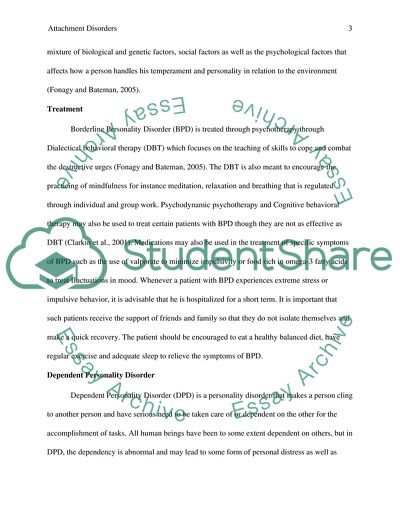Cite this document
(Attachment Disorders and Borderline Personality Disorder Research Paper Example | Topics and Well Written Essays - 1250 words, n.d.)
Attachment Disorders and Borderline Personality Disorder Research Paper Example | Topics and Well Written Essays - 1250 words. https://studentshare.org/psychology/1823128-attachment-and-attachment-disorders
Attachment Disorders and Borderline Personality Disorder Research Paper Example | Topics and Well Written Essays - 1250 words. https://studentshare.org/psychology/1823128-attachment-and-attachment-disorders
(Attachment Disorders and Borderline Personality Disorder Research Paper Example | Topics and Well Written Essays - 1250 Words)
Attachment Disorders and Borderline Personality Disorder Research Paper Example | Topics and Well Written Essays - 1250 Words. https://studentshare.org/psychology/1823128-attachment-and-attachment-disorders.
Attachment Disorders and Borderline Personality Disorder Research Paper Example | Topics and Well Written Essays - 1250 Words. https://studentshare.org/psychology/1823128-attachment-and-attachment-disorders.
“Attachment Disorders and Borderline Personality Disorder Research Paper Example | Topics and Well Written Essays - 1250 Words”. https://studentshare.org/psychology/1823128-attachment-and-attachment-disorders.


